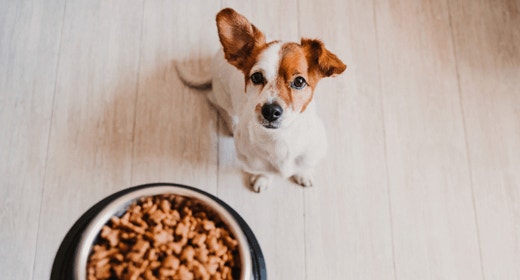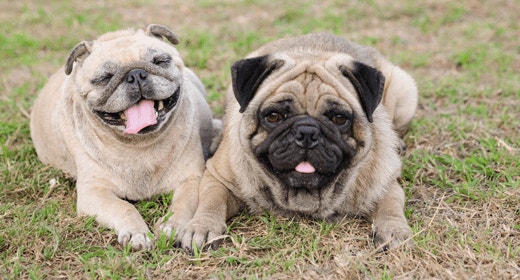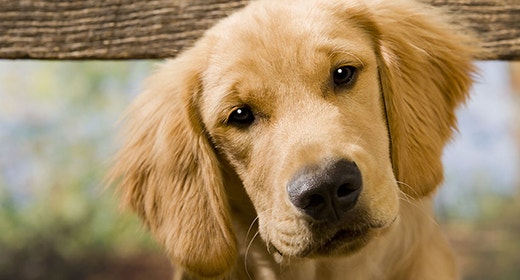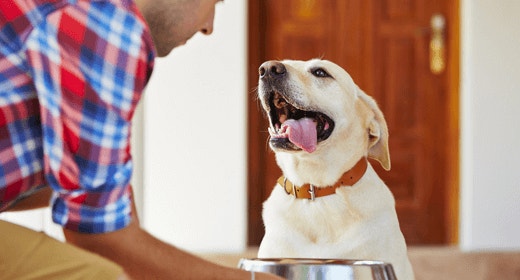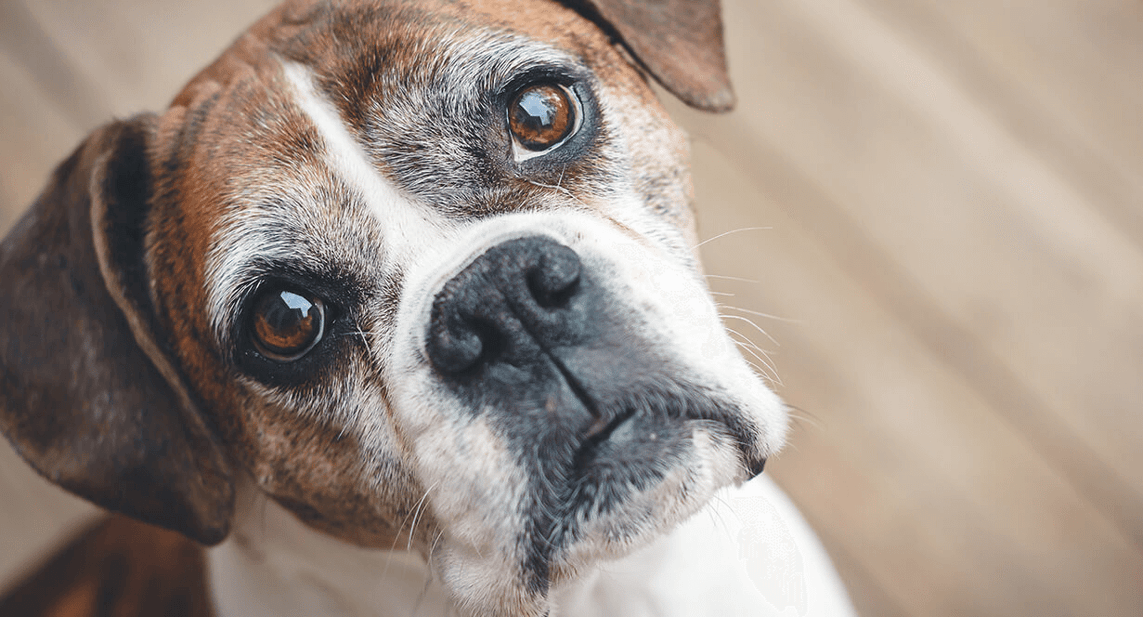
Is Your Older Dog Not Eating Like They Used to?
Does your older dog sniff at the bowl and walk away instead of digging in? It’s important to keep an eye on how much they’re eating — especially if they’re a senior. For mature dogs, food that’s designed for them like IAMS™ Mature Adult or IAMS™ Mature Adult Large Breed is your best bet for making sure they’re getting the balanced meals they need. Loss of appetite may be nothing more than a bit less interest or a little picky eating, but it could be a sign something more serious is going on.
Why Is My Dog Not Eating?
It’s normal for age to prompt less interest in food, but when does lack of interest become a cause for concern?
If your dog has missed more than a day’s worth of meals, it’s time to call the vet. Skipping meals or ignoring the water bowl could be the first sign of something more serious. Pay attention to what’s “normal” for your dog and reach out to the vet if you sense something may be wrong. It’s always better to be on the safe side, even if nothing serious is going on.
As a general rule: If your pet hasn’t eaten in a day, make a visit to the vet.
“It’s important to give your dog enough calories because weight loss can be debilitating to senior pets,” says Wendy Brooks, D.V.M.
Dogs need the nutrition, energy and fiber their food provides — helping revive their interest in food is a great way to keep them eating well and feeling their best. If the vet doesn’t detect any major issues, it may just be a matter of making your dog’s meals a little more enticing.
Here are six ways to get your furry friend interested in having a nourishing meal.
6 Ways to Encourage Your Senior Dog to Eat More
1. Try Mixed Feeding
Many animals find wet food more palatable because they like the taste and texture, Brooks says. Why not experiment with a little mixed feeding? Try topping their favorite dry food with room-temperature wet food as an enticing treat!
2. Warm It Up
Dogs like a warm or room-temperature (not hot or cold) meal, so avoid serving day-old wet food from the refrigerator. If you choose to warm up a wet food in the microwave, make sure to test that it’s comfortably warm (not hot) before serving.
3. Try a Change
Dogs generally prefer consistency when it comes to their food, but if yours seems bored with their bowl, try adding in a new flavor to see if the smell grabs their interest. To avoid an upset stomach, introduce a new food slowly by mixing it with the old food in equal increments each day
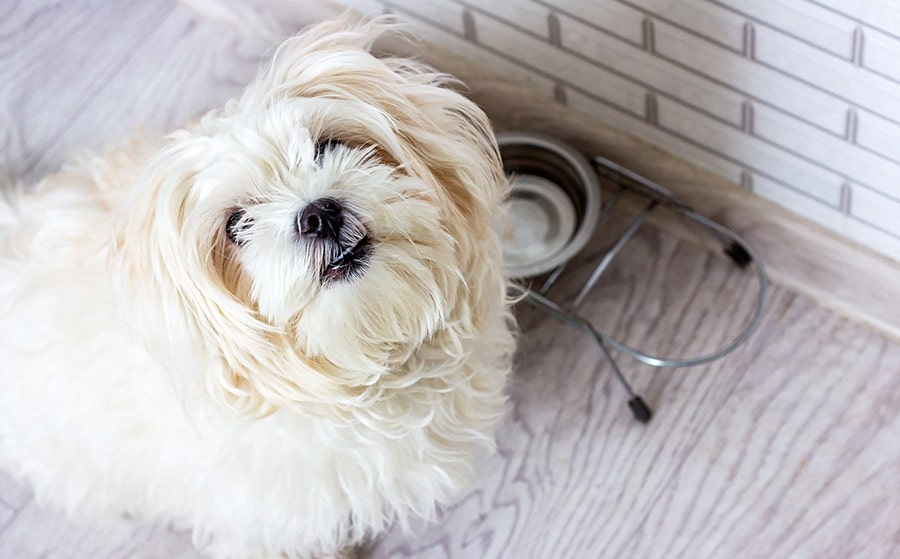
4. Stay Close
Common mature-dog health issues, such as arthritis or joint pain, can make it difficult for your dog to reach their bowls comfortably. Keep food accessible and a water bowl on all floors of the house.
5. Keep the Fresh Water Flowing
Did you know the smell of your dog’s water might be the reason they’re avoiding the bowl? Always provide a clean bowl with fresh water for your pup. Older pets are at a higher risk of dehydration, and getting enough water can aid in digestion.
6. Offer Praise
Does your dog know how happy it makes you to see them eating their food? If you see your dog eating, don’t keep them guessing — praise them and let them know they’re doing a good job! Knowing that eating their food makes you happy is a strong incentive to repeat the behavior.
Less interest in food is a normal sign of aging for dogs, but not eating for more than a day or avoiding drinking their water are both good reasons to call the vet. Whether your senior dog is slowing down or still a puppy at heart, they need the right nutrition. A little planning and strategizing with your vet about feeding your mature dog will help them look and feel their best!

